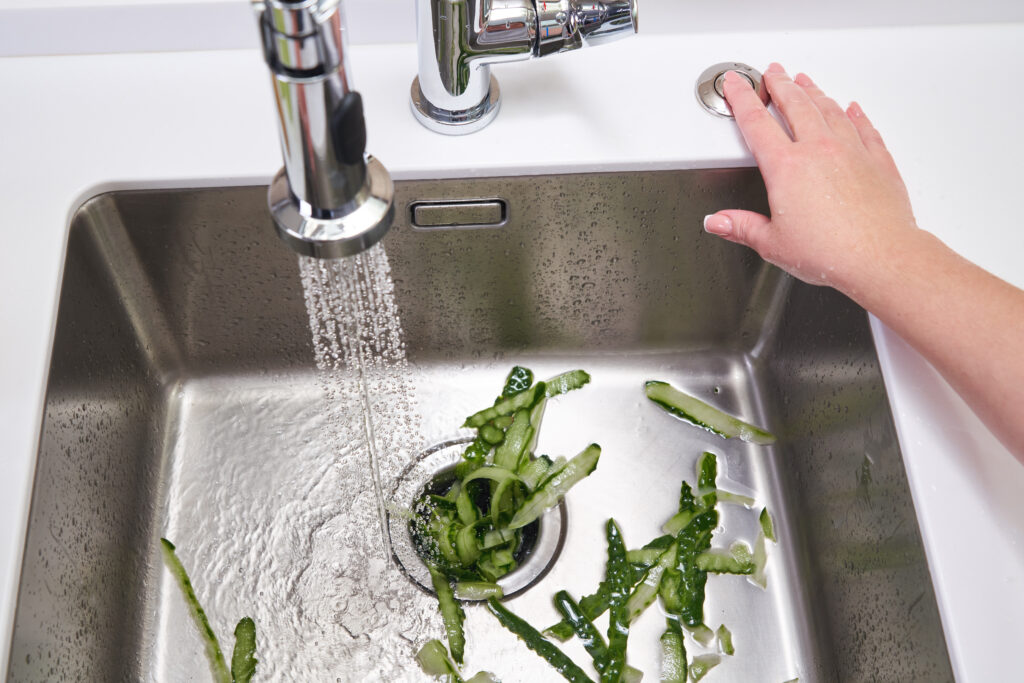What Is a Ductless AC with Heater? Why Homeowners Are Making the Switch
I’ll be honest—when I first heard the term “ductless AC with heater,” I imagined some futuristic contraption that needed an engineering degree to install. Turns out, it’s way simpler and, frankly, way smarter than I initially gave it credit for. If you’re a homeowner looking to upgrade your heating and cooling situation—or just trying to stay sane during blazing summers and freezing winters—then this one’s definitely worth your attention.
The Basics: What Is a Ductless AC with Heater?
Also known as a ductless mini-split system, a ductless AC with heater is a compact heating and cooling system that doesn’t need traditional ductwork to function. Yeah, no ducts. It’s like central air’s cousin who decided to skip the HVAC career path and go full indie. The system includes two main components—an indoor air-handling unit and an outdoor compressor or condenser. These are linked by a conduit that includes the power cable, refrigerant tubing, suction tubing, and a condensate drain. Sounds like a lot, but it’s all pretty discreet once installed.
The heater function is built into the same system, usually in the form of a heat pump, so this isn’t just a summer friend—it works year-round. Whether you’re dealing with the heavy humidity of July or the frostbite kisses of January, it’s got your back. Plus, it can function in spaces without existing ductwork—like garages, additions, or older homes—making it a super versatile solution for a lot of home types.
How It Actually Works
This is where it gets kind of cool (literally and figuratively). The indoor unit—usually mounted high on a wall—blows conditioned air directly into the living space. You control it with a remote or a smartphone app, because yes, we are in the future. The outdoor unit absorbs ambient heat from the air (even cold air contains some heat energy) and transfers it inside during the winter; it does the reverse in summer. No ducts means no air loss, which is great for energy efficiency. Everything is controlled by inverter-driven compressors, which adjust speed based on the system’s demand instead of just blasting on and off like older HVAC units.
The best part? Installation is usually quicker and less intrusive than a traditional HVAC setup. Most units only need a small hole drilled for the conduit, so your walls stay intact. No need to tear up your ceiling or redesign your home’s structure to fit ducts where they’ve never existed. I mean… who has time for that?
Top Reasons Homeowners Are Loving Ductless Systems
There’s a reason ductless HVAC is trending right now, and it’s not just because it sounds techy and sleek. First off, energy efficiency. Since there’s no ductwork, there’s less energy lost in transit. Traditional HVAC systems can lose up to 30% of energy through duct leaks alone. So yeah, ditching ducts actually helps cut down on energy bills pretty quickly. Also, these systems give you zoned climate control, meaning you can set different temperatures in different rooms or adjust based on occupancy. It’s tailored comfort—like having individual thermostats in each room.
Another major plus is air quality. With traditional systems, dust and allergens often settle and circulate inside the ducts. Ductless systems skip that whole mess. They also come with multi-layer filtration to trap nasties like pollen, bacteria, and pet dander. If you’ve got allergies or just feel betrayed by your dusty vents, you’ll appreciate the upgrade. And then there’s the obvious: aesthetics and space-saving. No large floor units or radiator monsters. Most indoor units are slim, modern, and kind of forgettable-in-a-good-way once installed.
What You Need to Watch Out For
No system is perfect, right? And it’d be weird if I didn’t at least mention some of the drawbacks you might bump into. First, the upfront cost. Yeah… this is not the $99 window unit you grab at the hardware store. Prices vary, but you’re usually looking at a few thousand bucks for a multi-zone setup. That said, incentives or rebates from energy companies can help offset the sting a little, and long-term energy savings often tip the scale back in your favor.
Maintenance is another thing. While ductless systems are generally low-maintenance, you do need to clean the filters regularly. If you skip that step—guilty once—it can reduce efficiency and eventually damage the system. Plus, though they’re quiet, they’re not silent. Some people get initially annoyed by the soft hum it emits. Personally, I forget it’s even running, but that’s something to keep in mind if noise sensitivity is your thing.
Is a Ductless AC with Heater Covered by a Home Warranty?
Now we get into the nitty-gritty. If you decide to install a ductless AC with heat, one question pops up soon after: is this thing covered? In many home warranty plans, the answer is yes—but it does hinge on which provider you’re working with. With systems that have multiple moving parts (literally), you want to be extra sure what’s protected. For instance, your compressor, fans, condensers, coils—those are key components that can cost a pretty penny if they flop on you.
This is one reason why it’s game-changing to have a warranty partner like Armadillo. We’ve got your back with real coverage that understands how these hybrid systems work. We aren’t gonna leave you deciphering HVAC hieroglyphics when your system goes on strike during a heatwave or a cold snap. We get it—and we make claiming fast, friendly, and frankly, way less stressful.
Installation Tips: What to Know Before You Commit
Honestly, one of the biggest pitfalls isn’t the unit—it’s bad installation. Always work with a licensed HVAC pro who has actual, hands-on experience with ductless systems. A mismatched system or a poor install will drain all the magic out of your investment. Placement matters too—high on the wall is usually ideal for airflow, but don’t let it blow directly onto your bed or workspace unless you want indoor weather in your face all day.
You should also size the unit appropriately. The best installer won’t guess—they should evaluate room size, insulation, sun exposure, and layout before making a recommendation. Oversized or undersized units will cycle inefficiently or struggle to maintain comfort. It’s like wearing shoes that don’t fit—uncomfortable and totally avoidable.
Why Armadillo Makes All the Difference
When you go ductless, you’re investing in comfort, efficiency, and a better way to live in your home. But systems fail. Parts wear out. Life happens. That’s where Armadillo steps in. We’re not just a home warranty company—we’re your first line of defense when your mini-split decides it’s taking the season off. With Armadillo, you get coverage that understands modern systems like ductless HVAC—from compressors to circuit boards to remote sensors. We make it easy to file a claim, get service quickly, and avoid the sky-high surprise repair bills that can come with new tech. If you’re thinking about a ductless AC with heater, think about protecting that investment too. Visit our homepage at www.armadillo.one to learn more or get started with your plan today by heading straight to the sign-up page.


























